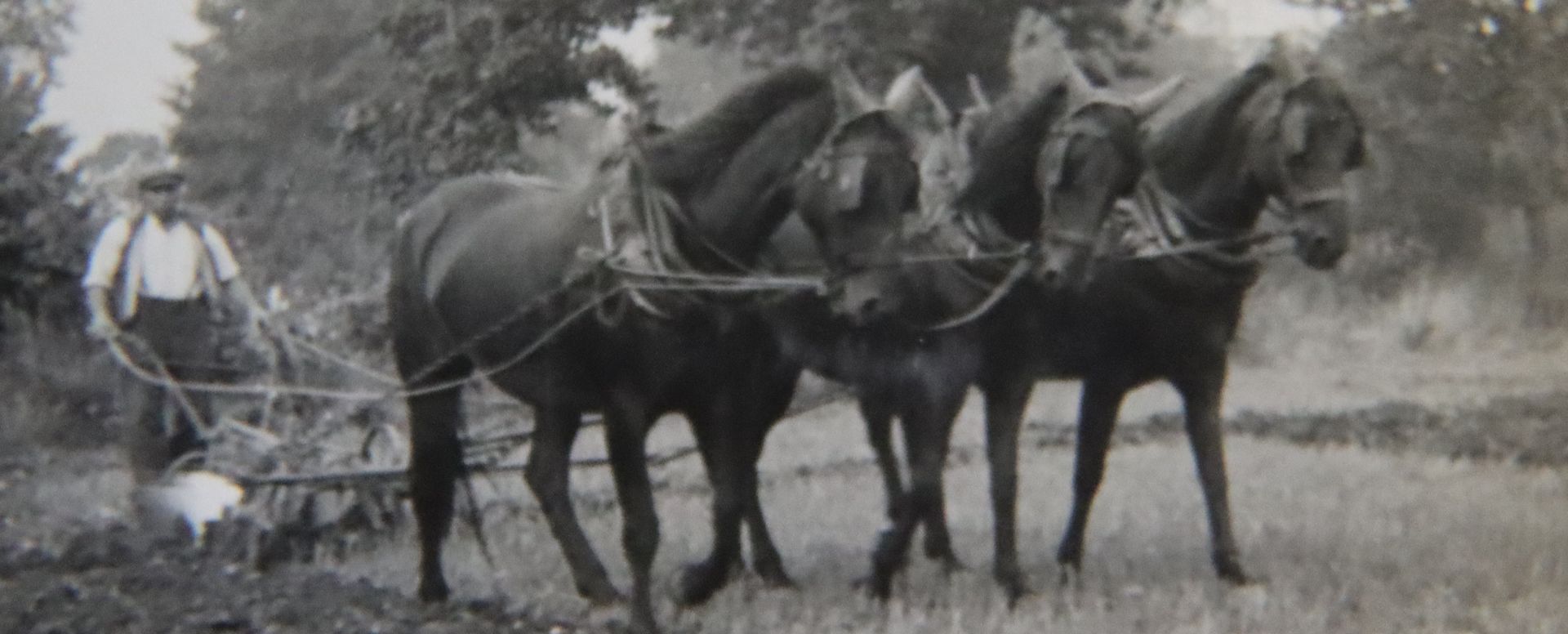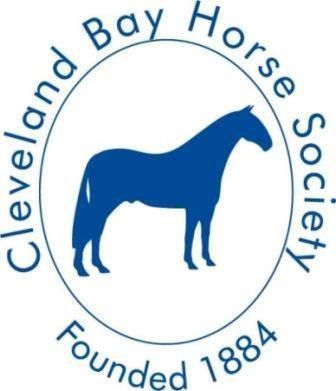A Brief History of the Cleveland Bay Horse
History
A Brief History of the Cleveland Bay Horse
The Cleveland Bay is England’s oldest breed of horse with a history that goes beyond a time when records were kept. It is an incredibly versatile horse that can turn its hoof to all disciplines, a legacy of its need to adapt through the ages to the changing face of civilisation. It is a horse with substance, activity, stamina and a temperament that is unsurpassed by any other breed of horse. A brief explanation of its origins also explains its durability.
In the middle ages in the county of Yorkshire there was a race of clean legged horses, bay in colour which were the general purpose horses of their time that is to say for pack and pillion work. They had always been there for the people but nobody could map out their past.
They carried the goods of the Chapmen (Travelling Salesmen) and as a result initially became known as Chapman horses. The name Cleveland bay developed later as their colour and their association with the Cleveland district of North Yorkshire linked together.
Coaches were not known until the reign of Queen Elizabeth the first and the Cleveland Bay with its natural strength, activity and endurance was well suited to pull the first heavy vehicles. The Chapman therefore was developed to this new role to add to its growing list of attributes as the people of Yorkshire by now already used the Cleveland Bay to plough the land, pull their Carts, take them hunting and of course take them to church.
As the roads improved there was a desire amongst the public for improved journey times. It was natural that the Cleveland bay should receive more pace. In the early 1700’s the eastern imports that founded the Thoroughbred breed were imported into Yorkshire and the descendants of those horses such as the Darley Arab and the Godolphin Barb were used on traditional Cleveland mares and their offspring became an integral part of the breeds history and transformed the breed in that respect.
Cleveland bays also became popular as improvers to other breeds at this time and many European Warmblood horses have Cleveland Bay in their ancestry, notably the Oldenburg which used Cleveland bay stallions extensively in the 1860’s.
The Cleveland continued to develop as a Coach horse and gained or lost favour with the fashion of the day. As the railways developed and the popularity of the horse came under threat the popularity of the Cleveland suffered equally, so that by the 1880’s the breed was in severe trouble on the verge of extinction.
A few like minded enthusiasts formed the Cleveland Bay Horse Society (CBHS) in 1884 to preserve and promote the breed and that role is still carried out by the CBHS today.
At this time the breed experienced a renaissance particularly from the United States of America and over the next few decades literally thousands of horses with Cleveland bay blood were exported to the USA. For many years the dark days of the 1880’s were forgotten the breed was in demand, Coaching once again became popular, this time as a pastime rather than a need, and the breed flourished.
The Coaching era however was short lived and demand in the USA dwindled in part because of punitive taxation. By the early 1900’s the breed was once more in decline, a matter made worse then by the first world war where many Cleveland’s were lost on the battlefields of France having adapted well to the role of artillery horses potentially sealing their own fate.
Between the wars the breed did no more than hang on to existence and after hostilities ended in 1945, the breed was severely depleted in numbers. By the early 1960’s there were only a handful of mature stallions in England and not many more mares with which to rebuild the breed.
Fortunately Her Majesty the Queen gave the breed a great boost. Her Majesty’s Grandfather had been a breeder of Cleveland bays in the 1920’s and in true family tradition the Queen stepped in at the breeds darkest hour to purchase a pure Cleveland Bay colt named Mulgrave Supreme who was born in 1961 and had been earmarked for export.
Her Majesty made the horse available at public stud and the breed suddenly found a new popularity with the English public that saw stallion numbers rise dramatically over the next 10 years. Mulgrave Supreme became a household name in the horse world with many successful offspring competing in all disciplines.
As the breed became popular again many different types of mare were put to Cleveland bay stallions and the historic versatility of the breed once again shone through. It was not long before the breed started to produce top quality horses notably in Driving, Dressage and Show jumping, the latter two disciplines having horses produced to Olympic standards.
Fate once again however took a cruel twist and by the 1980’s numbers once again dwindled as the agricultural economy of the United Kingdom suffered. Whilst the following years saw the breed drop to critical numbers, the CBHS has remained strong and has developed breeding programmes and has subsidised semen collection from genetically valuable stallions to ensure the long term survival of this ancient horse.
By the millennium, demand overseas had once again emerged and was almost outstripping supply. The situation is today still critical for the breed but there is now hope with a strong United Kingdom Society supported by associated societies in the United States and Australia and a growing worldwide recognition once again of the breeds versatile nature.
There are Cleveland Bays competing once again in every conceivable discipline. The versatility of the Cleveland bay is once again being discovered by a new generation of horse owners and the breed is going from strength to strength.
As a brief look at the breed reveals, the Cleveland bay is a horse with substance, activity, stamina, strength and a temperament unsurpassed by any other breed of horse.
The Cleveland bay has an incredible history – it undeniably has an even greater future.
© Nigel Cowgill 2009.

Questions?
Enter your question using this form and one of our team will contact you.
Contact Us
We will get back to you as soon as possible.
Please try again later.
Get Involved
There are many ways to support the Cleveland Bay, by joining us as a member or by becoming a Friend of the Cleveland Bay Horse Society. Click on the "Join Us" button below to download the
CBHS membership form. Fill out and send form to ClevelandBayOffice@gmail.com.
Contact us
Admin Office
clevelandbayoffice@gmail.com
Cleveland Bay Society
Support
Subscribe to our monthly digest
Keep up to date on the Cleveland Bay Horse Society
Join the Newsletter
We will get back to you as soon as possible
Please try again later
All Rights Reserved | Clevelend Bay Horse Society
